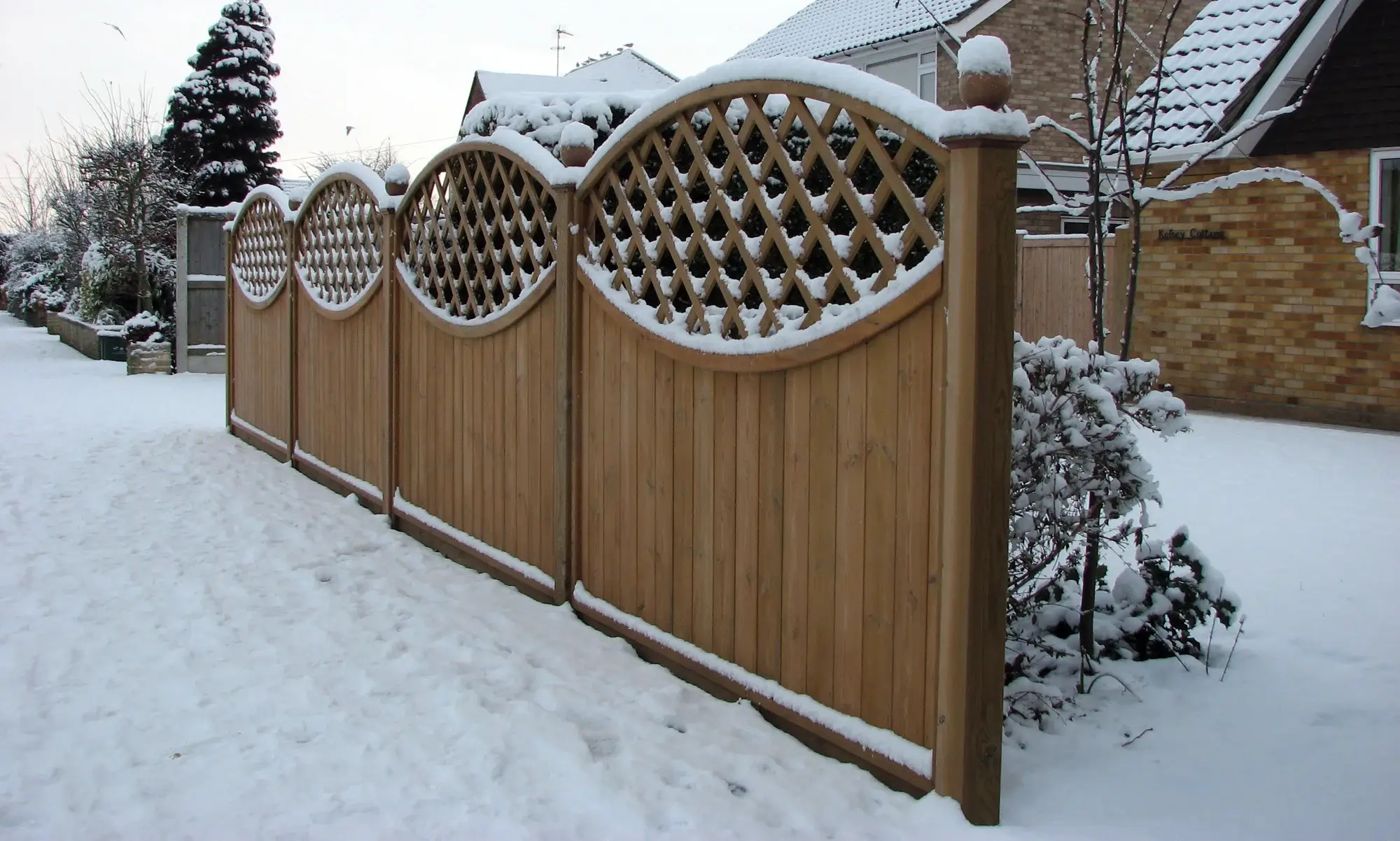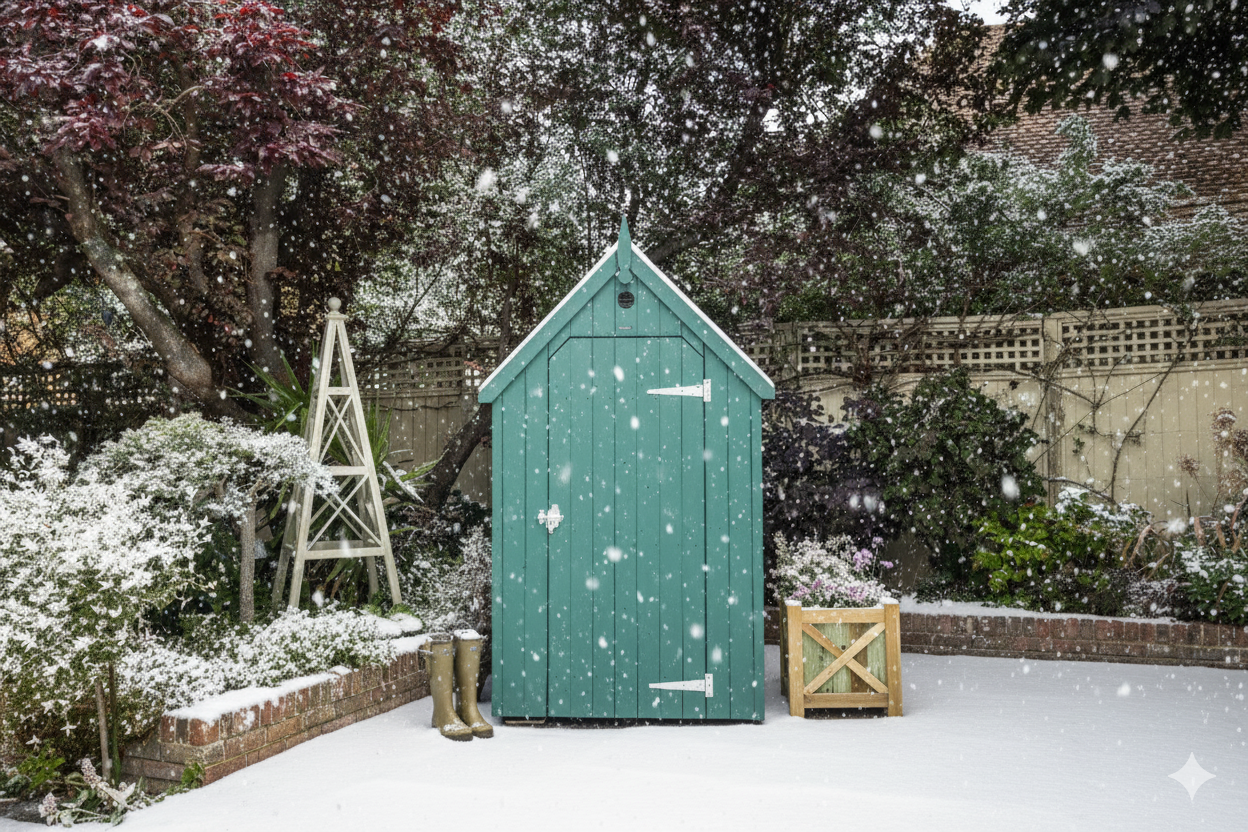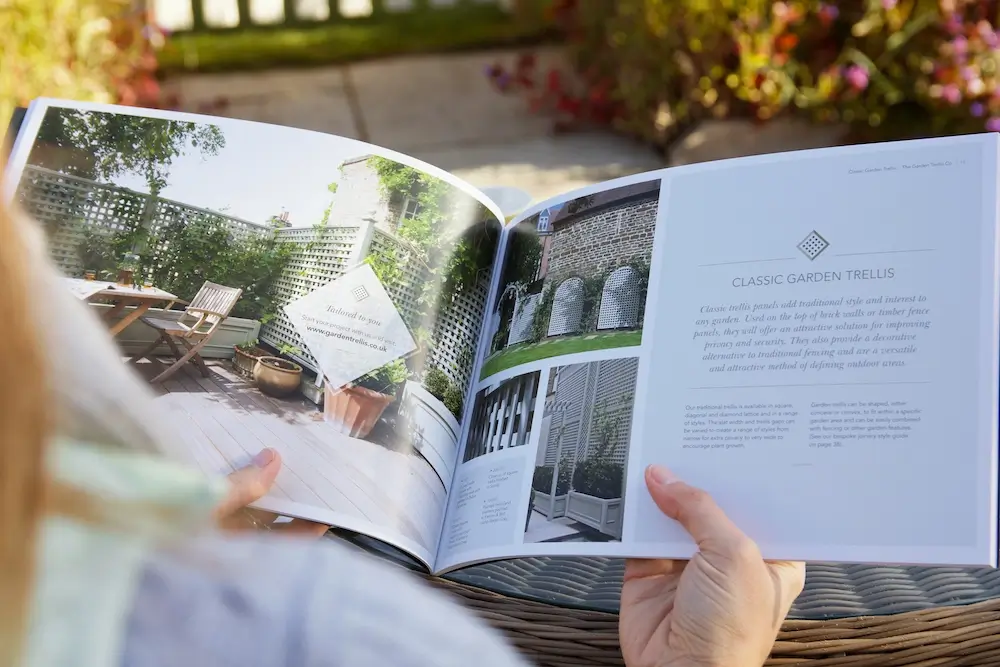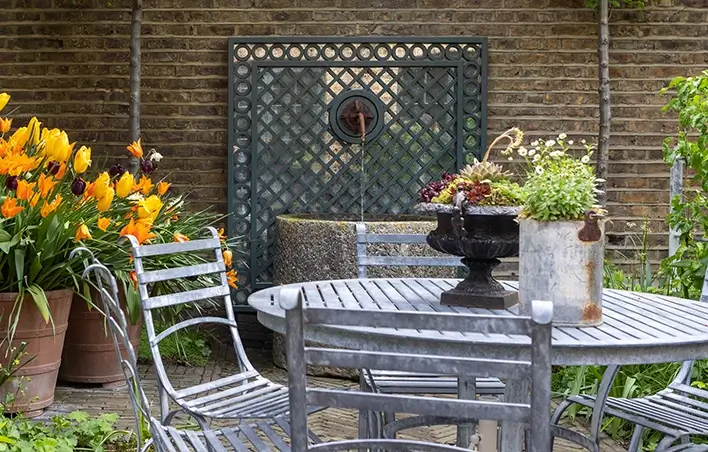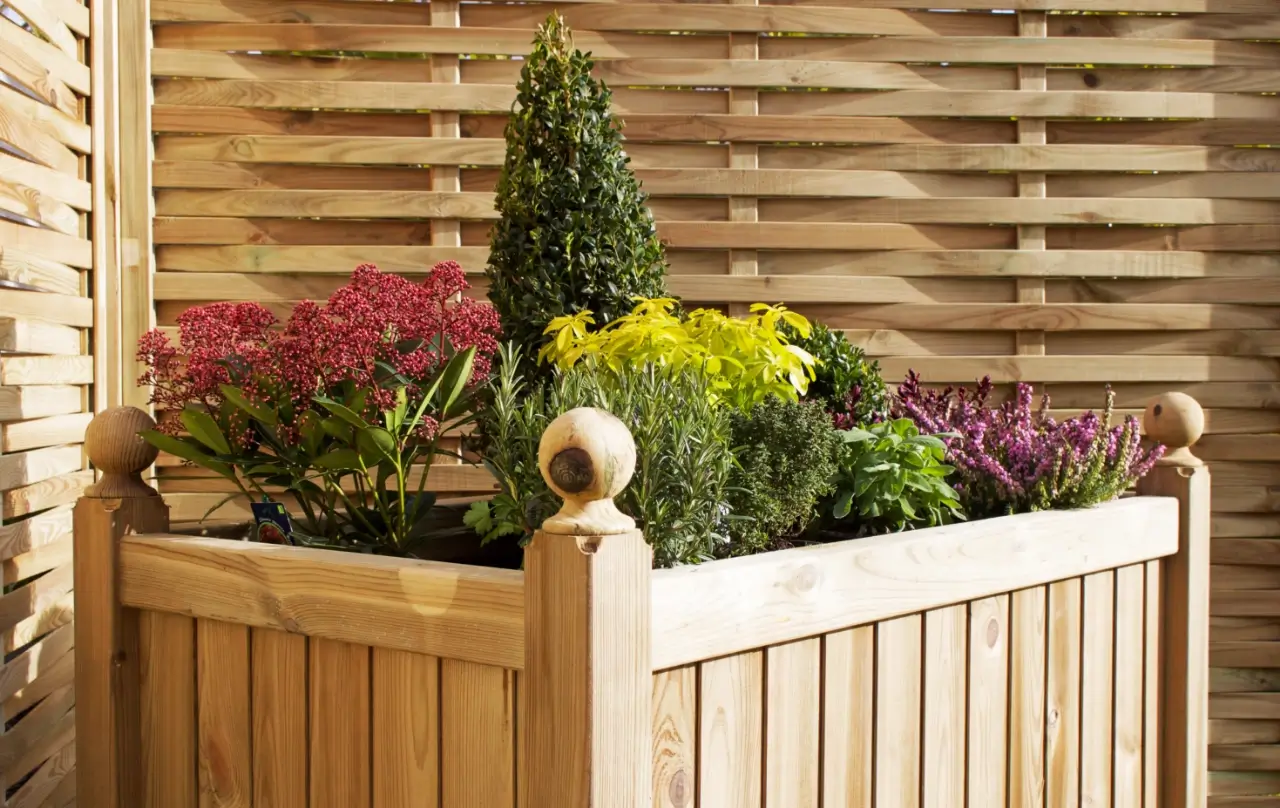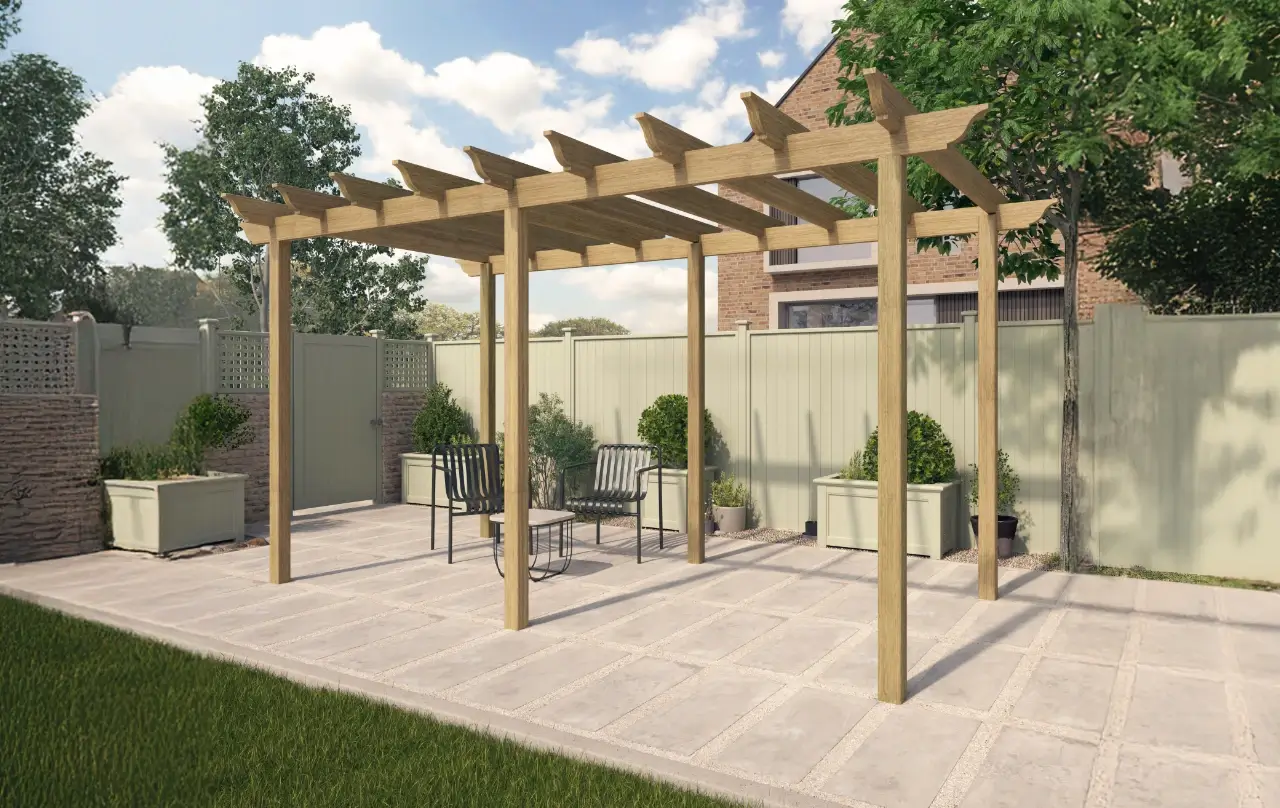Your basket is currently empty!
Delicious and Nutritious: Top 10 Plants for Your Edible Garden

Introduction
An edible garden is more than just a spectacle of nature’s beauty; it’s an interactive exhibition where you can touch, smell, taste, and even hear the buzz of pollinators. There’s a unique joy in seeing your garden come to life with edible plants. And there’s something wonderfully rewarding about plucking fresh produce from your own backyard, knowing exactly where your food comes from.
An edible garden can offer a cornucopia of fresh fruits, vegetables, and herbs, all within arm’s reach. And the best part? You don’t need to be a professional farmer or have acres of land at your disposal to enjoy the benefits of an edible garden. You simply need some passion for nature, a bit of time, and an understanding of what to grow and how.
In this article, we will explore ten of the best edible plants indigenous to the UK that you can grow in your garden. But first, let’s delve deeper into the magic of edible plants and how to create the perfect environment for them.
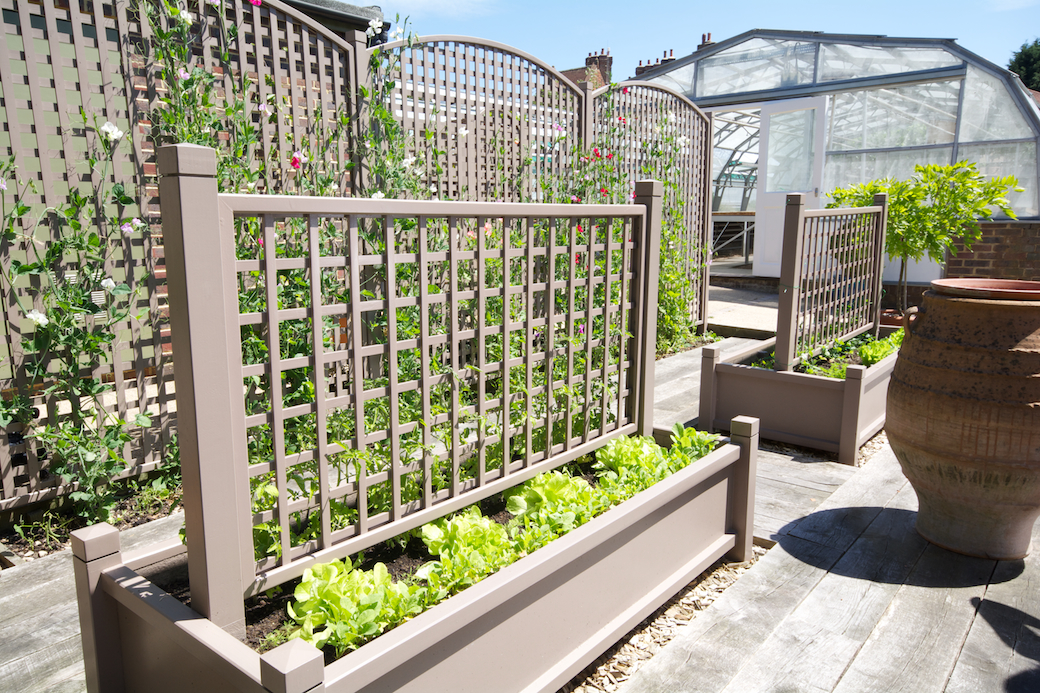
Creating the Perfect Environment
Before we delve into the list of delicious and nutritious plants to grow in your garden, let’s take a moment to understand how to create the perfect environment for them.
Choosing the Right Planters
Picking the right home for your plants is vital. It affects not only the overall aesthetic of your garden but also the health and yield of your plants. Luckily, we have a myriad of options to choose from.
Wooden planters are a popular choice among seasoned gardeners. Their natural appearance harmoniously blends with your garden landscape, enhancing the greenery rather than overshadowing it. Plus, wooden planters provide excellent insulation for plant roots, keeping them cool in the summer and warm in the winter. Not to mention, they are sturdy, durable, and perfect for cultivating a variety of edible plants.
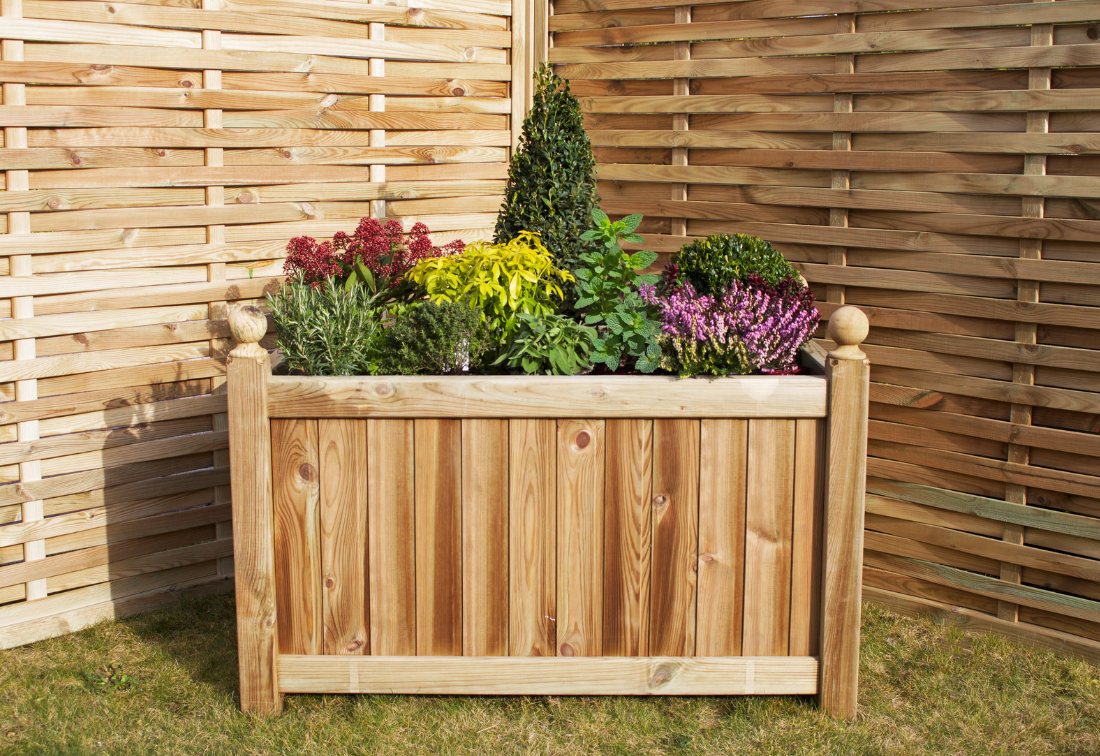
Implementing Vertical Gardening
Have a small space but a big gardening ambition? No worries! You can maximise your garden’s productivity by thinking vertically.
Using trellis panels, you can guide your climbing plants upward and utilise the vertical space. This not only saves space but also adds an additional layer of aesthetic appeal to your garden. From beans and peas to climbing tomatoes and cucumbers, there’s an assortment of plants that will love your trellis panels.
Enhancing Aesthetics with Garden Structures
While the prime focus of an edible garden is, of course, the produce, that doesn’t mean it can’t look gorgeous. Enhance the beauty of your garden with structures like rose arches and weave panels. They not only provide support for your climbing plants but also make your garden look more visually appealing.
Secure Your Garden
Last but not least, protect your garden from unwanted intruders with wooden gates. They not only add a charm to your garden but also ensure your edible plants are safe and secure.
Now that we’ve covered how to create the perfect environment for your edible garden, let’s jump into our top 10 edible plants perfect for your garden.
Top 10 Edible Plants for Your Garden
- Runner Beans (Phaseolus coccineus): Fast-growing and incredibly productive, runner beans are a top choice for any edible garden. These climbing plants love a bit of support, making them perfect for your trellis panels. They’re not only delicious and versatile in the kitchen, but they’re also rich in fibre, potassium, and vitamins A, C, and K.
- Blackberries (Rubus fruticosus): When grown on weave panels or trellis panels, blackberries can produce an impressive yield without taking up much ground space. This juicy fruit is packed with vitamins C and K, as well as fibre and manganese.
- Raspberries (Rubus idaeus): Raspberries are another excellent choice for your edible garden. Their sweet-tart fruits can be eaten fresh or used in an array of desserts and jams. They’re rich in antioxidants, vitamin C, manganese, and dietary fibre. Train them onto rose arches or trellis panels for an aesthetically pleasing and productive setup.
- Rosemary (Rosmarinus officinalis): This aromatic herb thrives in a wooden planter. Rosemary is not only a kitchen staple but also offers a range of health benefits. It’s rich in antioxidants and anti-inflammatory compounds, which can boost the immune system and improve blood circulation.
- Kale (Brassica oleracea var. sabellica): Kale is a nutrient powerhouse, packed with vitamins A, K, and C, as well as a good source of calcium, potassium, and iron. It’s easy to grow in a wooden planter and can provide a steady supply of leafy greens throughout the season.
- Beetroots (Beta vulgaris): Beetroots are excellent for growing in your garden and are packed with essential nutrients. They’re a great source of fibre, vitamin C, magnesium, folate, iron, and potassium. You can also consume their leaves, which are rich in calcium, iron, and vitamins A and C.
- Strawberries (Fragaria x ananassa): What’s better than a fresh strawberry picked from your own garden? Strawberries are rich in antioxidants and vitamin C. They can be grown in wooden planters or directly in the ground, making them a versatile addition to your edible garden.
- Parsley (Petroselinum crispum): This herb is not only a culinary favourite but also a great source of vitamins A, C, and K. Whether in a pot or in the ground, parsley is an easy-to-grow option for your garden. You can even consider planting it in a wooden planter near your kitchen door for easy access when cooking.
- Chives (Allium schoenoprasum): This relative of the onion furnishes a mild, sweet flavour to dishes. Chives are rich in vitamins A and C, folate, potassium, and calcium. They can be grown in the ground or a wooden planter, and their beautiful purple flowers make them a decorative addition to your garden.
- Mint (Mentha): Mint is a resilient and versatile herb with a refreshing flavour. It’s excellent in teas, salads, and various dishes. Mint is a good source of vitamin A and antioxidants. However, it’s quite invasive, so it’s best planted in a wooden planter to prevent it from taking over your garden.
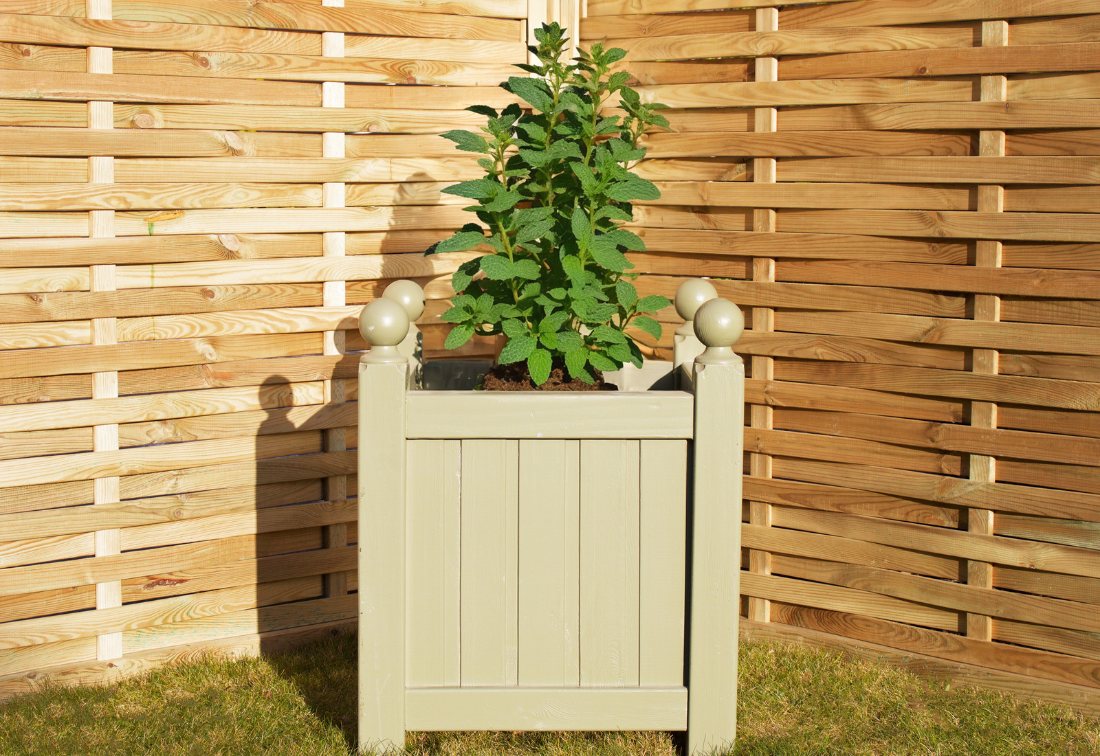
Accessorising Your Edible Garden
Creating an edible garden isn’t just about selecting the right plants. It’s also about designing a space that’s beautiful, practical, and enticing. Here are some suggestions for enhancing your garden.
- Trellis Panels: Trellis panels can serve as stunning backdrops for your edible plants or support for climbing ones like runner beans or peas. They provide vertical gardening space, allowing you to grow more in a limited area.
- Wooden Planters: Wooden planters can give your garden a charming rustic feel. They are ideal for keeping invasive plants like mint contained or for placing your herbs closer to your kitchen.
- Wooden Gates: A beautifully designed wooden gate can provide a grand entrance to your edible garden. Not only does it enhance security, but it also adds an aesthetic element to your outdoor space.
- Weave Panels: Weave panels can be used to create separate sections within your garden, helping to organise your space effectively. They can also add a touch of sophistication and elegance to your garden design.
- Rose Arches: Even though roses are not edible, adding a rose arch to your edible garden can increase its aesthetic appeal. Rose arches provide structure, height, and a romantic touch to your garden landscape.
By incorporating these elements into your garden, you’ll not only have a space that provides fresh and nutritious food, but also a place of beauty and tranquillity where you can spend peaceful moments.
Conclusion
Gardening is a rewarding hobby, offering both therapeutic benefits and the satisfaction of cultivating your own food. By choosing to grow these indigenous UK plants, you contribute to biodiversity, support local wildlife, and cultivate a garden that’s adapted to the local climate.
Edible gardening doesn’t have to be all about function. With the thoughtful incorporation of trellis panels, wooden planters, wooden gates, weave panels, and rose arches, you can create an outdoor space that is as pleasing to the eye as it is to the palate.
From the sweetness of strawberries to the hardiness of blackberries, from the usefulness of chives to the aroma of thyme, each plant brings something unique to your garden. So, roll up your sleeves, start planning, and before you know it, you’ll be dining on your homegrown produce in a garden you’re proud of.
Not sure where to start with your garden project? Download our simple guide >
